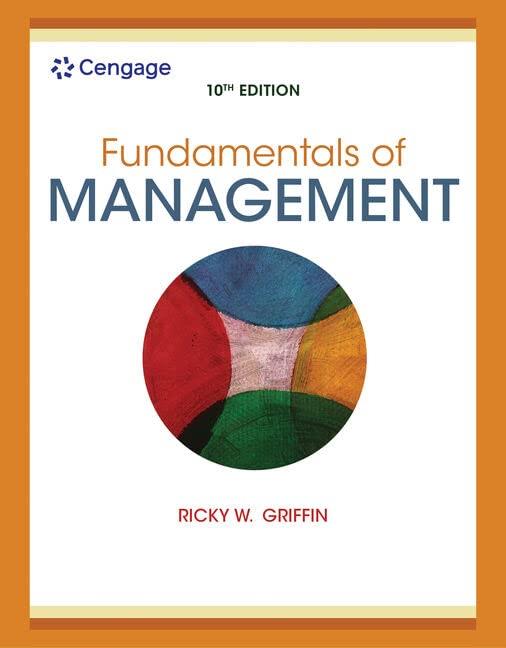Question
YCH-302 See Answer Related Answered Questions 1 of 3 Question Answered step-by-step Asked by hjshecker 1) Masuda, T., Batdorj, B., & Senzaki, S. (2020). Culture
1 of 3
Answered step-by-step
Asked by hjshecker
1) Masuda, T., Batdorj, B., & Senzaki, S. (2020). Culture and attention: Future directions to expand research beyond the geographical regions of weird cultures. Frontiers in Psychology, 11. https://doi.org/10.3389/fpsyg.2020.01394
(2) Main purpose, predictions, or goal
(3) Research methods used (see list provided in Canvas)
(4) Main findings
(5) At least TWO key terms used in the article - define and include last names of researcher(s) associated with each term in the article
(6) Most potentially useful or interesting point made in the reading. This point can be personal or related to one of the assignments you'll be working on during this course. EXPLAIN your thinking.
(7A) A criticism, concern, or disagreement with, the work. Explain your point. Two sentences at least. Move past obvious criticisms and focus on an issue that is relevant to this specific study.
(7B) Is this article describing WEIRD research? Explain.
(8) A question that you have about the reading. Explain your point. Two sentences at least. To show advanced mastery, you must pose a tentative answer to your own question.
(9) Describe a connection, insight or epiphany you see between the article you are annotating and another article you have read and annotated (include citation). This connection can also contain an evaluation or question. Connect the article to one of the three below.
- Hidi, S., & Renninger, K. A. (2006). The four-phase model of Interest Development. Educational Psychologist, 41(2), 111-127. https://doi.org/10.1207/s15326985ep4102_4
- Thoman, D. B., Sansone, C., & Geerling, D. (2017). The dynamic nature of interest: Embedding interest within self-regulation. The Science of Interest, 27-47. https://doi.org/10.1007/978-3-319-55509-6_2
- Hidi, S. E., & Renninger, K. A. (2020). On educating, curiosity, and interest development. Current Opinion in Behavioral Sciences, 35, 99-103. https://doi.org/10.1016/j.cobeha.2020.08.002
Step by Step Solution
There are 3 Steps involved in it
Step: 1

Get Instant Access to Expert-Tailored Solutions
See step-by-step solutions with expert insights and AI powered tools for academic success
Step: 2

Step: 3

Ace Your Homework with AI
Get the answers you need in no time with our AI-driven, step-by-step assistance
Get Started


